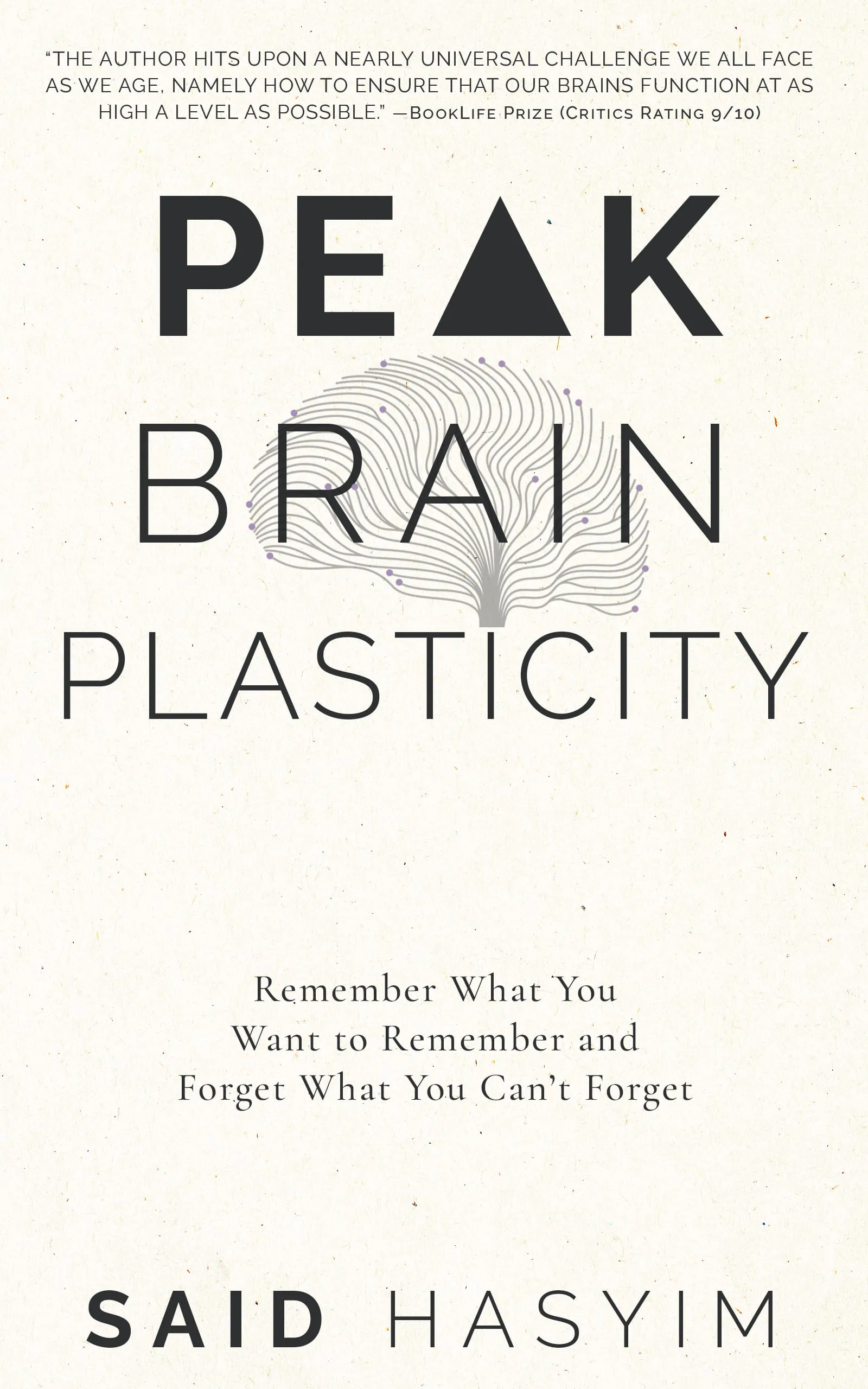Embracing Failure as a Path to Memory Growth
In a world that often glorifies perfection and success, the concept of failure can feel daunting. Yet, failure is an inevitable part of the human experience. Embracing failure not only fosters resilience but also plays a significant role in growth—particularly in how we learn and remember. Memory, a critical aspect of learning and personal development, is profoundly affected by our experiences, including our failures. In this blog post, we will explore the intricate relationship between failure and memory growth, and how shifting our perspective on failure can lead to deeper learning and a richer understanding of ourselves.
The Nature of Failure
Failure, in its simplest form, is the inability to meet a desired outcome or achieve a specific goal. It might manifest in academic setbacks, career missteps, personal relationships, or even day-to-day tasks. Society often encourages us to view failure negatively, leading to fear and avoidance of situations where failure is possible. This mindset can stifle creativity and inhibit our willingness to take risks.
However, what if we reframed failure as an opportunity? An opportunity to learn, grow, and deepen our understanding? This shift in perspective can have profound effects on our development, particularly regarding memory.
Failure and Memory: The Science Behind It
Our brains are wired to learn from experiences, and this includes both our successes and our failures. Research in neuroscience highlights the role that emotional engagement plays in memory formation. When we experience failure, it often comes with strong emotions—frustration, disappointment, or even embarrassment. These emotions can make the event more memorable, which in turn strengthens our ability to learn from that experience.
The Role of Emotion in Memory
Emotional experiences are processed in the amygdala, a part of the brain that ties emotions to memories. When we fail, the emotions we feel can create a significant imprint in our memory. Consequently, when we reflect on our failures, we are more likely to recall the details and context of the situation, allowing us to analyze what went wrong and how we can improve in the future.
Learning Through Trial and Error
The process of trial and error is one of the most effective ways to learn. When we attempt something and fail, we gather valuable information about what does not work. This misstep becomes a stepping stone for future attempts, paving the way for improvisation and innovation.
How Mistakes Enhance Learning
Mistakes prompt us to rethink our approaches, strategies, and thought processes. This is not only beneficial for intellectual growth but also for developing critical thinking and problem-solving skills. By analyzing our failures, we can restructure our thought processes, leading to better retention of knowledge.
Cultivating a Growth Mindset
Adopting a growth mindset—believing that abilities and intelligence can be developed—is vital when it comes to embracing failure. Individuals with a growth mindset view challenges as opportunities rather than threats and are more likely to persevere in the face of setbacks.
Encouraging Experimentation
To foster a growth mindset, we must create environments that encourage experimentation. Whether in educational settings, workplaces, or personal pursuits, embracing a culture that values innovation and accepts failure as a part of the learning process can significantly enhance memory growth. Supportive environments, where individuals feel safe to take risks, enable better retention of lessons learned through failure.
Shifting the Narrative: From Stigma to Acceptance
To truly embrace failure as a path to memory growth, we need to shift the narrative surrounding it. Rather than labeling failure as something negative to be feared, we should foster a culture of acceptance, where failures are seen as valuable learning experiences.
Celebrate Failures
Turning failures into learning moments requires us to openly acknowledge and even celebrate them. Sharing stories of failure and what was learned can inspire others to adopt the same approach. Whether in classrooms or workplaces, storytelling can be a powerful tool for reinforcing the idea that failure is part of the learning journey.
Reflecting on Failures
Regular reflection on our failures not only solidifies our learning but also helps to integrate those experiences into our memory. Journaling, group discussions, or personal reflections can provide clarity and encourage deeper understanding. Engaging in such reflective practices helps us to find patterns in our failures, fostering a sense of agency and control over our learning journey.
Practical Strategies to Embrace Failure
Engage in Reflective Practices: Regularly set aside time to review your experiences and reflect on what went well and what did not.
Develop Resilience: Focus on developing coping strategies that enhance your ability to bounce back from setbacks.
Encourage Open Communication: Create spaces where discussions about failures are welcomed and constructive feedback is shared.
Practice Self-Compassion: Treat yourself with kindness in the face of failure. Recognize that making mistakes is part of being human.
Set Realistic Goals: Instead of aiming for perfection, set achievable goals that allow room for growth and the possibility of failure.
Conclusion
Embracing failure as a path to memory growth is not merely an academic concept; it is a transformative mindset that can change the way we approach learning and self-improvement. By reframing our understanding of failure and cultivating a growth mindset, we increase our resilience and enhance our ability to remember and learn from our experiences.
In this journey, remember that failure is not the opposite of success but a vital component of it. Each stumble is an opportunity for growth—seize it, learn from it, and allow it to shape you into a more knowledgeable and resilient individual. The path to memory growth is paved with the lessons gleaned from our failures, and it’s a journey worth embracing.
Harness the Power of Neuroplasticity
Discover Peak Brain Plasticity, a practical book to harnessing neuroplasticity. Enhance your memory, learn new languages quickly, and alleviate anxiety with effective study methods. Uncover daily habits that impact cognitive health and explore techniques for accelerated learning and memory retention. Unlock your brain's potential for growth and transformation.
